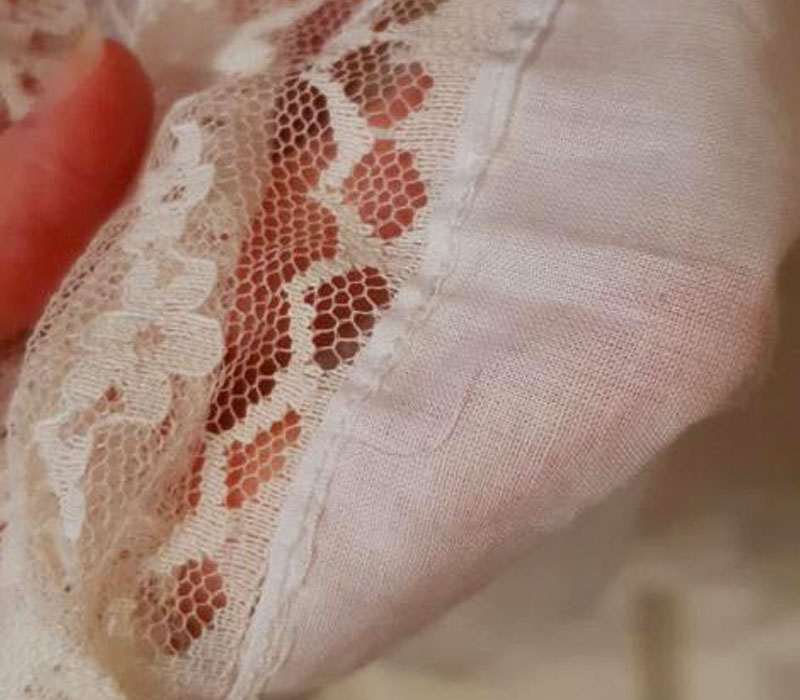Hems
- Double folded hem
- Machine top-stitch
- Hand finished
- Overlocked
- Rolled hem- overlocker
- Faced hem
- Glued hem
- Machine blind hem
- Lace edge
Double folded hem:
A double folded hem can be used on any fabric and can be any width and finished by machine or hand. By folding the edge over twice it conceals the raw edge in order to prevent it from unravelling.
- Mark out the hem level, i.e. 2 cm, and fold to this point. (Tip: use an iron for difficult fabrics)
- Fold the fabric once again ensuring it is the same width as the first fold. Iron or pin if required.
- Using your machine or hand sew, neatly sew the hem.
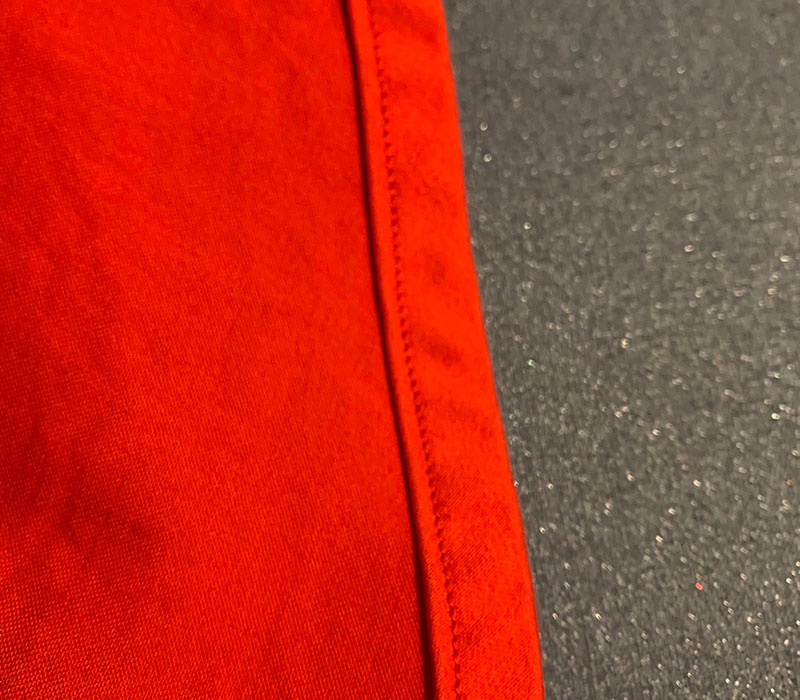
Hand top-stitch
Top stitching is a decorative or functional stitch which is seen on the outside of the garment. This technique is used mainly in garment edges such as necklines, hems or cuffs and is typically within 1cm from the edge or seam.
- Prepare the hem, iron if necessary.
- Thread a hand needle with a thread of similar colour to the fabric.
- Complete the hem with your preferred hand stitch.
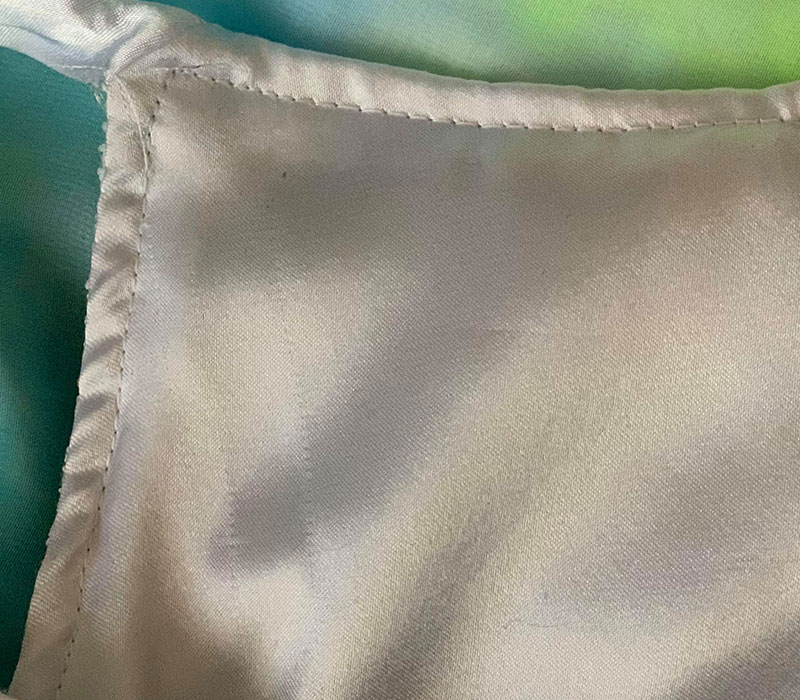
Overlocked and folded hem
An overlocker encloses the raw edge with stitches providing a neater finish. This edge will then be folded once and sewn, this removes the bulk of a two double folded edge making it perfect for thicker fabrics.
- Set your overlocker up with three threads (4 threads for thick fabrics) and place fabric through the machine, overlocking the raw edge of the hem.
- Fold the hem up to the desired level and pin.
- Finish the hem by machine stitching or hand stitching the seam down.
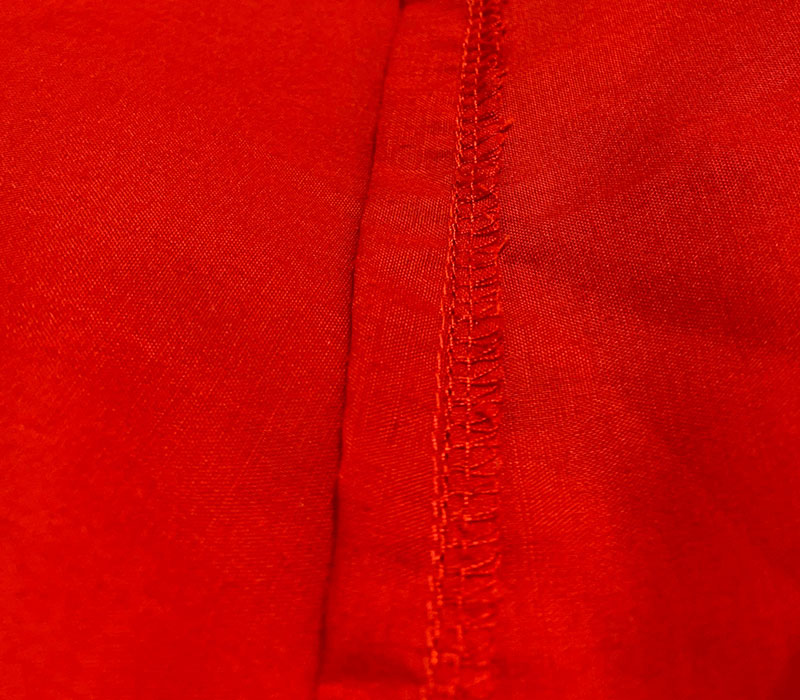
Rolled Hem
A rolled hem is typically used on light fabrics to produce a delicate edge with the raw edge tucked neatly away. This can be done on a machine, by hand or by overlocker.
- Machine method: Attach your desired width rolled hem presser foot to your machine. Feed the fabric through the foot as you stitch.
- Overlocker: Set your machine according to the rolled hem settings tension . Feed fabric through the machine cutting off excess fabric before the edges roll.
- Hand Stitched firstly stitch a line of machine stitching just bellow the hem level, trim excess cose. Roll the edge of the fabric, using your thumb and finger. Perform a snail slip stitches.
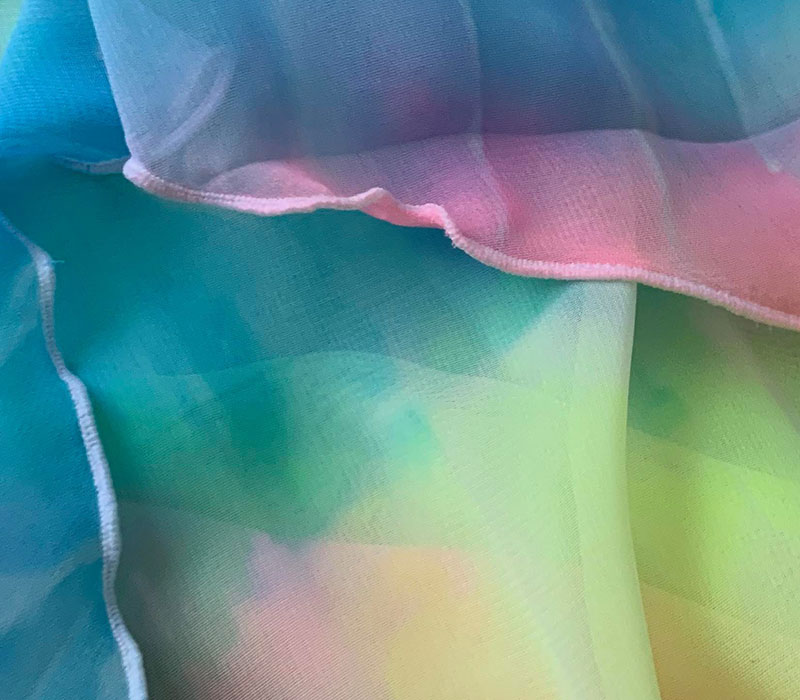
Faced Hem
Used often in bridal or evening wear, a faced hem provides a flat finish and is easier to manage than other typical hems.
- Establish the hemline on your garment, add 12mm bellow the hemline and cut off remaining excess.
- Using your patterns and your drawn hemline, prepare your facings. They should be the same shape as your garment edge and 5-9cm wide. Ensure that you include seam allowance around the edges of the facing.
- Place facing on the garment right sides together and sew, trim excess. Under stitch the facing to the seam allowance. Press facing up carefully.
- Fold the top edge of facing down, hand stitch to the garment.
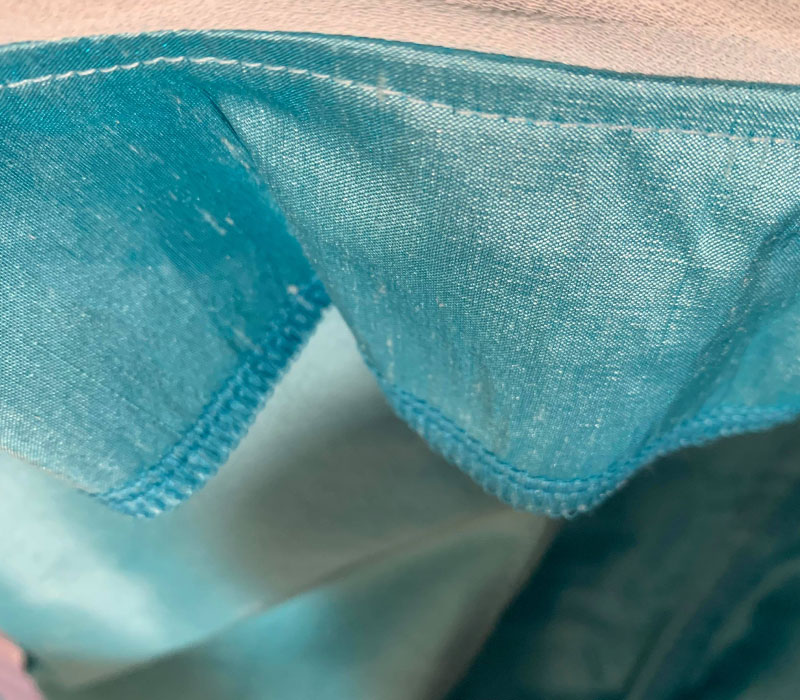
Glued hem
Fabrics that can be difficult to work with or get damaged easily from stitching benefit from a glued hem. Fabrics such as leather, vinyl or waterproof material. Fusible webbing that is ironed in place is recommended for woven fabrics whereas leather and fur an adhesive option is recommended.
- Fold edge between 2.5cm-5cm, neaten and clear all necessary threads.
- Referring to manufacturing instructions, apply glue to hem area.
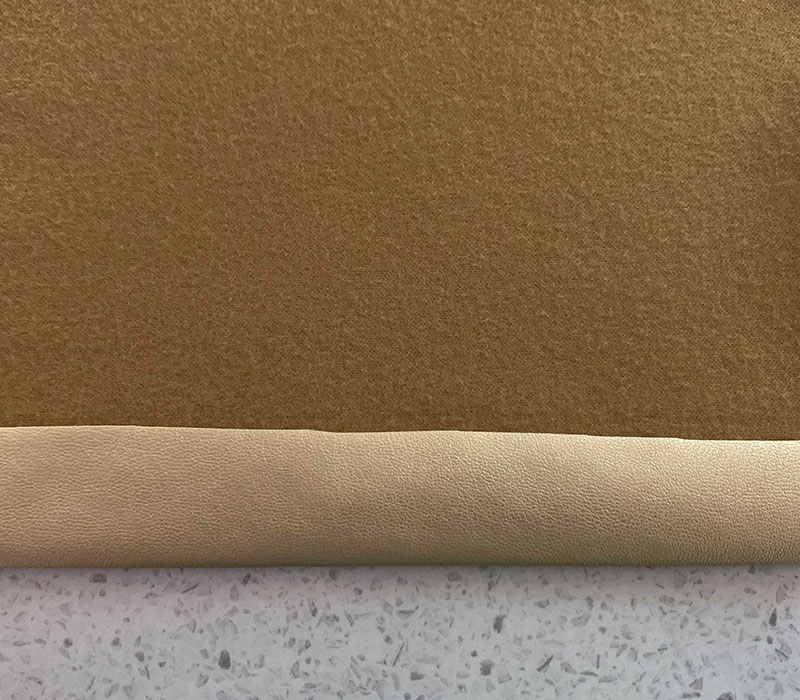
Machine Blind Hem
This technique is effective on medium and thick fabrics as the stitches become lost within the fabric. Blind hem stitch is possible using your machine as it provides an even and almost invisible stitch.
- Refer to your manual to select blind hem stitch and suitable blind hem foot.
- Fold up the hem to required length, neaten raw edge by either performing a double fold or an overlocked stitch.
- Fold the hem back on itself, ensuring that your leave 6mm of hem showing to perform stitch. Pin and tack if necessary.
- Using your foot perform stitch, once complete pull the hem down into position and iron flat.
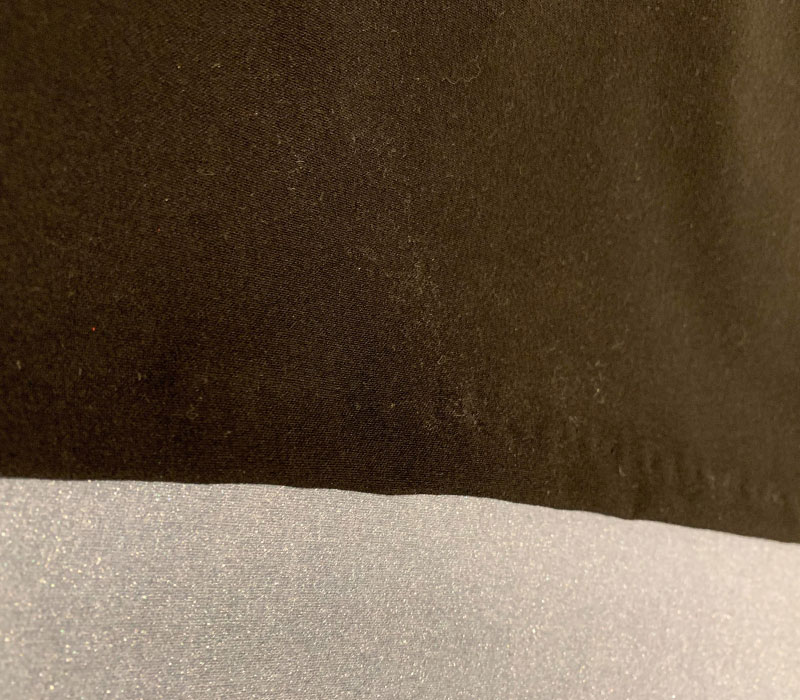
Lace-edge Hem
A lace edge can be an appropriate delicate finish for lingerie and nightwear.
- For lace with a shaped edge, lap the lace onto the garment with the lower edge at required length.
- Along the top of your lace, perform a zigzag stitch through both layers of fabric.
- Using sharp scissors trim away excess.
